Order: Caprimulgiformes. Family: Caprimulgidae

Description
Length 26 cm. Wingspan 55 cm. A crepuscular bird, Caprimulgus europaeus has finely patterned tree-bark like cryptic plumage that provides excellent camouflage. Adults have a flat, wide head, small bill and large eyes that enable them to see in low light levels. Unlike most other nightjars, it roosts lengthways on tree branches in the day.
Male: Plumage is heavily streaked with buff, chestnut and black. Underparts are barred. White spots on primaries and outer tail feathers. Black bill. Legs reddish brown.
Female similar, but lacks the white spots on wings and tail. In the Juvenile these spots are buff.
Similar species: Paler than Freckled Nightjar and with more white in the wing and tail. The lack of rufous on the head and neck distinguishes it from Fiery-necked Nightjar and Rufous-cheeked Nightjar. Distinguished from Swamp Nightjar and Square-tailed Nightjars by the reduced white on the tail.
Distribution
Breeds in Eurasia, from Britain eastwards to China and Mongolia, extending to southern Scandinavia in the north and North Africa in the south, heading south in the non-breeding season to West Africa, as well as the area from Ethiopia south to Zambia and southern Africa. Within southern Africa it is generally uncommon, occurring in patches across the region. Five races, covering the entire breeding range, have been reported from southern Africa, but most records probably relate to C. e. sarudnyi from central Eurasia.
Habitat
It generally prefers savanna and woodland, especially miombo (Brachystegia), mopane (Colosphermum mopane) and Acacia woodland, but it can also be found in gardens and parks.
Movements and Migrations
Palearctic breeding migrant, arriving in southern Africa around September-October, after a long and difficult flight from Eurasia. It stays in the region until about April.
Diet
It almost exclusively eats flying insects, especially beetles, doing most of its foraging at dusk and a few hours before sunrise. It usually hunts from a perch overlooking an open area, such as a cultivated field, occasionally launching into the air to catch an insect before returning to its perch. It is extremely fast and agile in flight, sometimes hawking insects attracted to electric lights in urban areas.
Breeding
Nightjars return from Africa in late April and May. Upon return, males attract a mate and establish a territory by calling. During courtship males fly around a female, often wing clapping or gliding with the tail spread out and wings held up. Nests are selected by males and are usually a shallow scrape on bare ground amongst heather or bracken. Eggs are laid between mid-May and mid-July. A typical clutch consists of one to three eggs, and if the first brood is produced early in the season, a second brood may be possible. The migration to Africa starts in August and September.
Call
Continuous churr (similar to but faster than Square-tailed Nightjar). Mostly silent in southern Africa. Listen to Bird Call.
Status
Fairly common summer visitor. The European Nightjar is classified as Least Concern (LC) on the IUCN Red List.



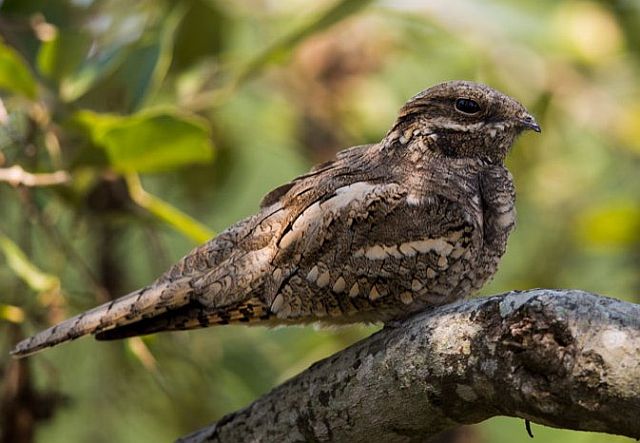 © Pumbaa
© Pumbaa  © ExFmem
© ExFmem © pooky
© pooky © Michele Nel
© Michele Nel
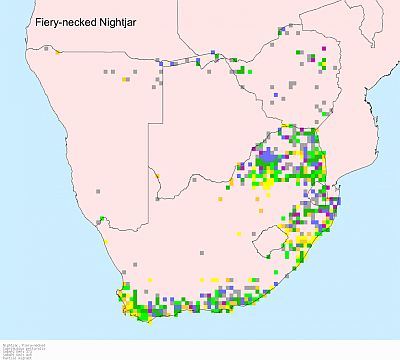
 © PJL
© PJL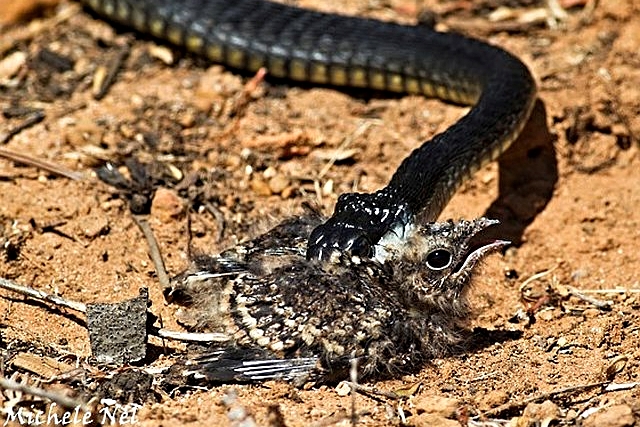 © Michele Nel
© Michele Nel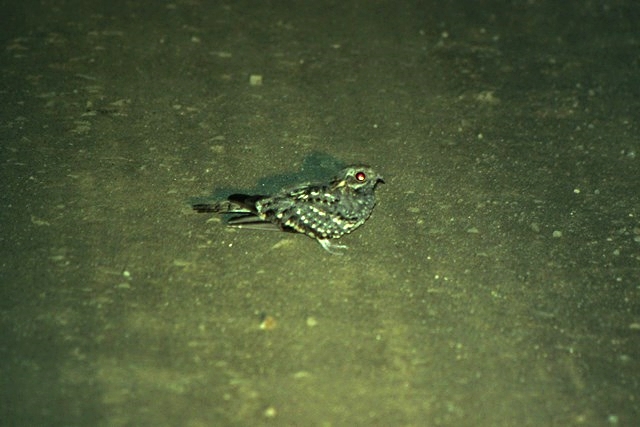 © Heksie
© Heksie
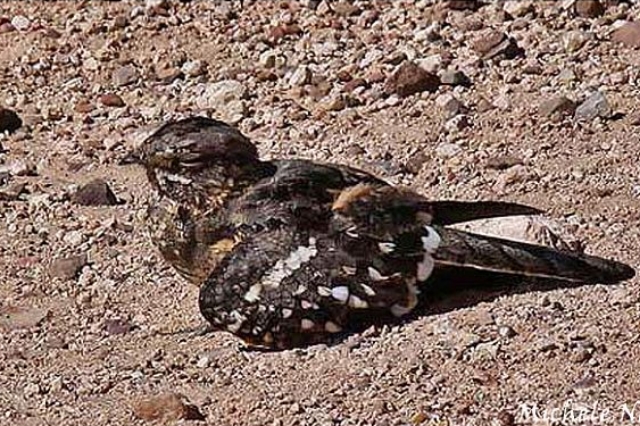 © Michele Nel
© Michele Nel © nan
© nan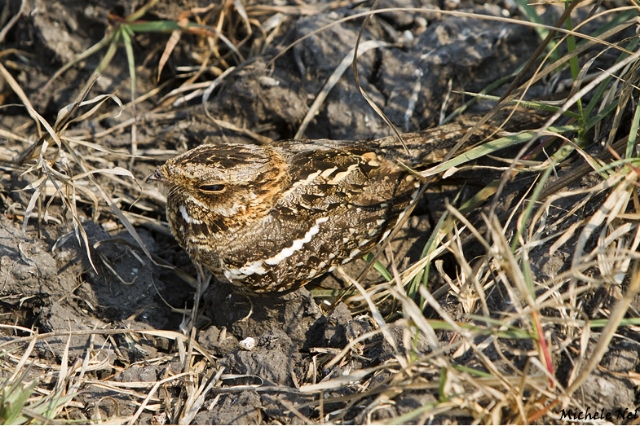 © Michele Nel
© Michele Nel